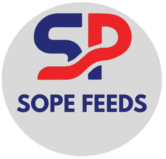Cassava for Sustainable Animal Feeds: Uplifting Farmers and Feeding the World
Uganda is one of the leading producers of cassava in East Africa, with Northern Uganda serving as a major cassava belt due to its fertile soils and favorable climate. Despite this potential, cassava farmers often face challenges such as post-harvest losses, limited market access, and lack of value addition opportunities.
Meanwhile, Uganda and other parts of the world are grappling with shortages of affordable and quality animal feeds, which directly impacts livestock productivity, food security, and household incomes. Cassava, being rich in carbohydrates and energy, provides an excellent alternative raw material for the production of animal feeds.
SOPE Feeds, a fully registered Ugandan company, is committed to transforming this potential into reality by mobilizing over 37,000 cassava farmers in Northern Uganda to produce and supply cassava for feed processing.
01
Problem Statement
High post-harvest losses of cassava due to poor storage and limited processing capacity.
Shortage of quality and affordable animal feeds in Uganda and beyond.
Limited income opportunities for cassava farmers, keeping many in poverty.
Growing global demand for alternative, sustainable, and cost-effective feed sources.hing you want. It could be details or some information about your services.
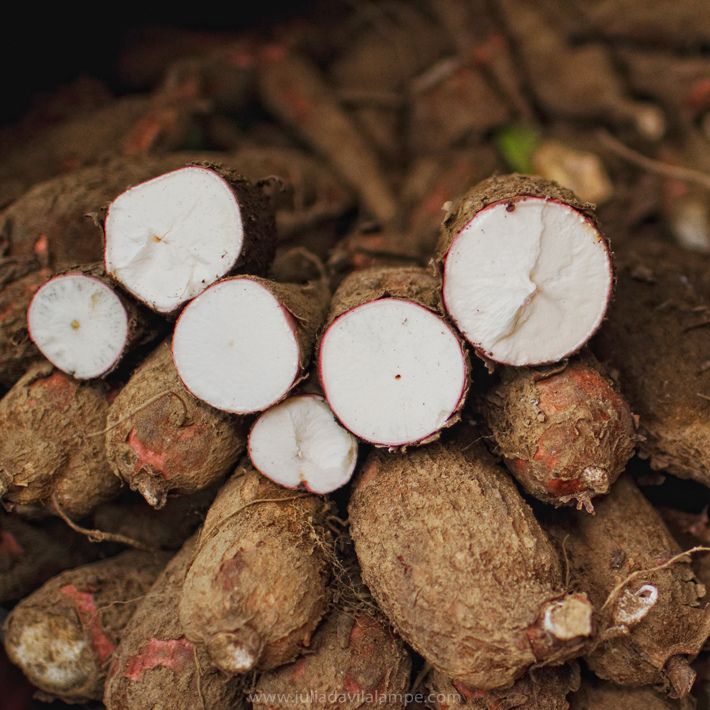
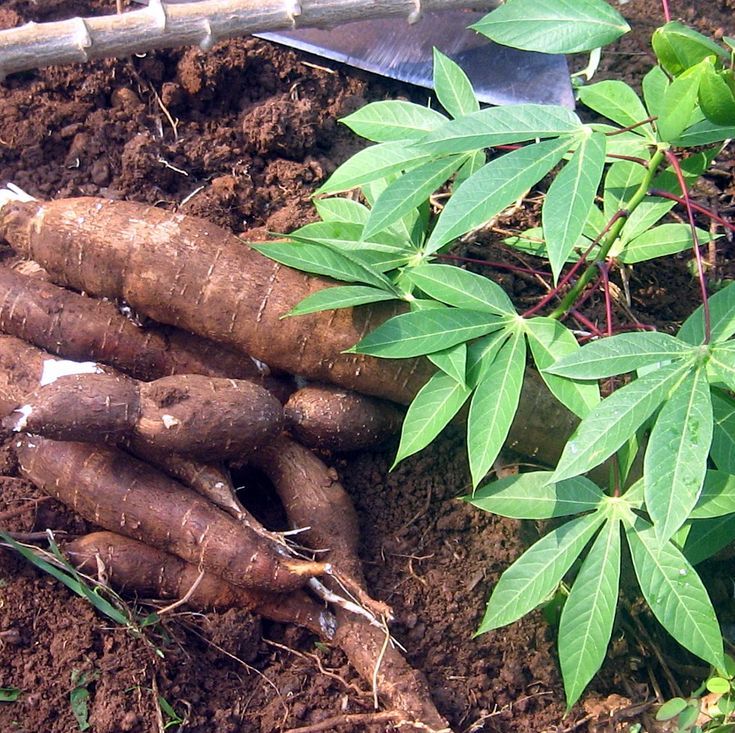
02
Target Beneficiaries
Direct beneficiaries:
37,000 cassava farmers (majority being smallholder farmers, women, and youth).
Indirect beneficiaries: Livestock and poultry farmers in Uganda and across export markets who will access quality and affordable feeds.
Expected Outcomes
Annual production of 25,000 metric tons of cassava-based animal feeds.
At least 37,000 farmers gain sustainable market access and improved incomes.
Post-harvest losses of cassava reduced by over 60%.
Improved livestock productivity due to access to quality feeds.
Uganda positioned as a regional leader in cassava-based feed exports.
Objectives
To process 25,000 metric tons of cassava annually into animal feed products.
To increase household incomes of 37,000 cassava farmers through guaranteed market linkages.
To reduce post-harvest losses by introducing modern cassava storage and processing technologies.
To expand Uganda’s animal feed supply to regional and international markets.
To promote sustainable agricultural value chains in Northern Uganda.
03
Implementation Plan
Farmer Mobilization & Training – Build capacity of 37,000 cassava farmers in modern agronomic practices, post-harvest handling, and contract farming models.
Processing Infrastructure – Establish and equip cassava processing facilities in Northern Uganda to convert cassava into chips, pellets, and formulated animal feeds.
Market Development – Strengthen partnerships with livestock farmers, cooperatives, and international buyers to ensure consistent demand.
Research & Development – Collaborate with research institutions to develop innovative feed formulations from cassava.
Export Strategy – Work with government agencies to secure certifications, trade agreements, and logistics for international feed markets.
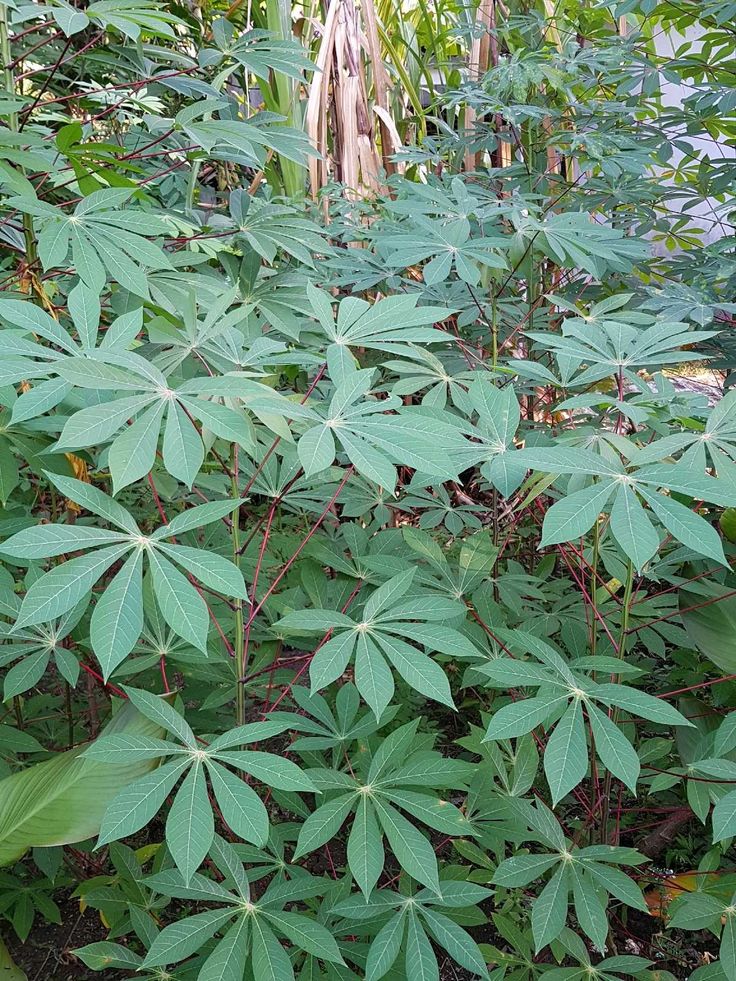
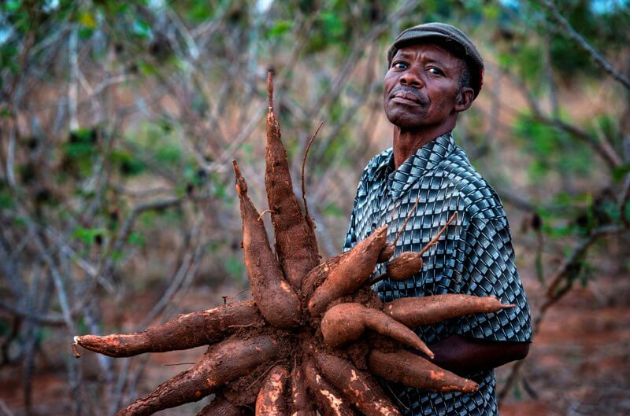
04
Sustainability
The project will operate under a public-private-community partnership model, ensuring ownership by farmers and support from local governments.
Cassava processing plants will be run on a cost-recovery model, reinvesting profits into farmer support and technology upgrades.
Export contracts will ensure long-term revenue streams for sustainability and expansion.
Budget (Indicative)
Farmer mobilization & training: USD 500,000
Processing plant & equipment: USD 2,500,000
Storage and logistics infrastructure: USD 1,000,000
Research, quality certification & export compliance: USD 500,000
Project management & operations (3 years): USD 1,000,000
Total: USD 5.5 Millions
